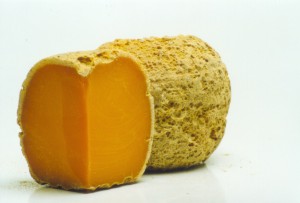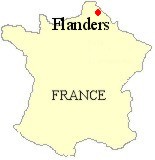
The French Alps were sculpted by glaciers, giving the valleys a mild climate and rich soil. The French Alps are loaded with well connected towns, and are popular year round, making them ideal for vacations in France. Divided into two providences, Savoy in the north, containing Mont Blanc, the highest peak in Western Europe, and Dauphine in the south, home to Grenoble, the main city of the alps, the French Alps are a popular region.
Le mont Blanc est le point culminant de la chaîne des Alpes. Avec une altitude de 4 810,90 mètres, il est le plus haut sommet d'Europe occidentale et le cinquième sur le plan continental en considérant les montagnes du Caucase.
Le sommet a depuis plusieurs siècles représenté un objectif pour toutes sortes d'aventuriers, depuis sa première ascension en 1786. De nombreux itinéraires fréquentés permettent aujourd'hui de le gravir avec une préparation sérieuse. Il est un objet de fascination dans de nombreuses œuvres culturelles. Depuis le sommet du mont Blanc, il est possible de voir ou d'apercevoir quatre massifs montagneux : le Jura, les Vosges, la Forêt-Noire et le Massif central. La vision théorique lointaine dépend de la géomorphologie et de l'influence de la courbure terrestre.
Le sommet a depuis plusieurs siècles représenté un objectif pour toutes sortes d'aventuriers, depuis sa première ascension en 1786. De nombreux itinéraires fréquentés permettent aujourd'hui de le gravir avec une préparation sérieuse. Il est un objet de fascination dans de nombreuses œuvres culturelles. Depuis le sommet du mont Blanc, il est possible de voir ou d'apercevoir quatre massifs montagneux : le Jura, les Vosges, la Forêt-Noire et le Massif central. La vision théorique lointaine dépend de la géomorphologie et de l'influence de la courbure terrestre.
Inspiring craggy peaks and snowcapped mountains rise up in the French Alps, where there are fantastic opportunities for skiers and snowboarders. There are over 200 resorts in the Alps. Chamonix features the world’s highest cable car. Annecy has lantern lit lanes. Chambery contain the most history, and Grenoble is the largest city in the French Alps.
Weather gives way very rapidly and varies from summer to winter. With pleasant weather in the summer, hiking, as well as rafting, mountain biking, and canoeing are popular. Paragliding and skydiving are also possible. There are three national parks and four regional parks within the Alps.
Weather gives way very rapidly and varies from summer to winter. With pleasant weather in the summer, hiking, as well as rafting, mountain biking, and canoeing are popular. Paragliding and skydiving are also possible. There are three national parks and four regional parks within the Alps.


























